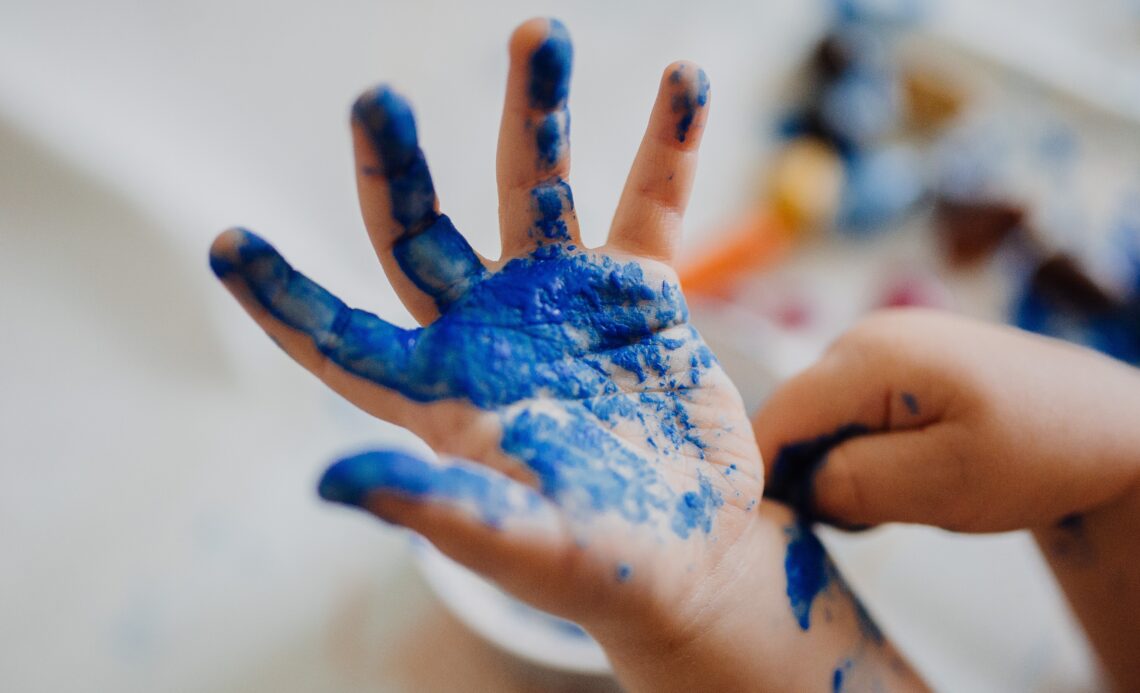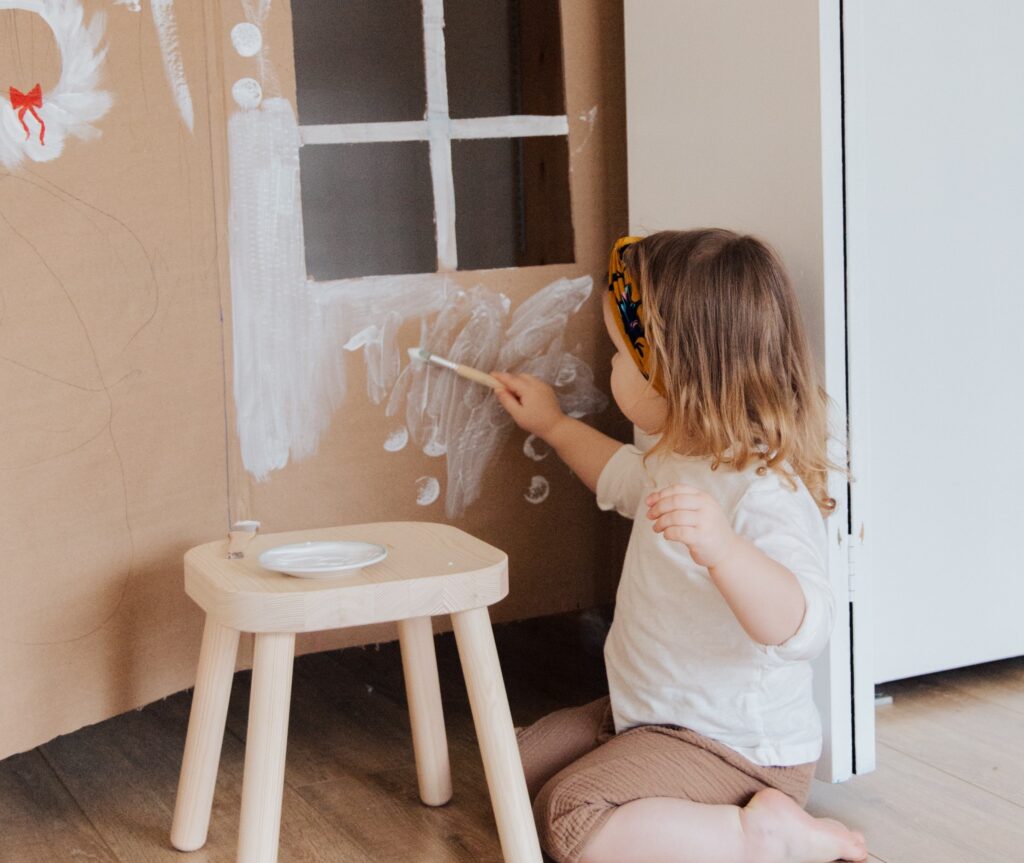
Art for the soul
Clare Campbell hails the benefits of allowing children to express themselves … however messily!
Accepting one another does not mean we have to agree with each other completely, or even understand each other fully. But it does mean that we accept one another as we are …
God made each and every one of us unique, and we need to accept that uniqueness.
At my school we are fortunate to have an art therapist, Vicky, who is also a parent at our school. Above all she is brilliant at the art of acceptance! She has been working with us for the past six years and has helped over 100 vulnerable children from our school and from various other local primary and high schools.
Many of the children she works with, aged 3-16, are at risk of permanent exclusion from mainstream schooling because of their behaviour. Her previous job was in a young offenders institute, working as an Art Therapist for juvenile offenders, often sex offenders. So she knows how to handle young people with all their complications and anxieties.
In the purpose-built art therapy studio on our school site, which sounds very grand but is, in reality, a posh shed, she works with the children and young people one to one and in groups using art as a therapy.

Since the pandemic her work has focused on anxiety, bereavement and grief and trauma. She treats each one with the same professionalism, compassion, and acceptance, no matter what they have been through, or how they treat or speak to her.
We know that for children and young people, poor behaviour often reflects a much deeper hurt inside. Children who have conduct difficulties, who hurt themselves or others, or who wilfully damage possessions, are often acting out a deeper pain inside themselves.
Sometimes these hurts, feelings and emotions defy words or explanation, and for some of the children she has worked with who have been sexually abused, there are no words to describe what they have been through.
So Vicky very skilfully gets them to express themselves using art materials.
They can take out all their frustration, all their confusion, all their anger and pain on inanimate objects, in paint, clay, sculpture and in their own sketchbooks.
There are no wrong or right answers in art.
Art therapy is not art education. Art education focuses on the end product, what the finished piece will look like, whereas art therapy is all about the process of making and creating.
If the children want to rip and tear, to draw on themselves, the walls, the floor in the art therapy studio, then that is OK. This is not a classroom. It is a specialist art studio, which is set up to give the children lots of choices.
For children who have been bereaved, abused or traumatised, all their choices have often been taken away from them. But in the art therapy studio, the resources are set out like a sweet shop. Clear jars full of multi-coloured feathers, pipe cleaners, sequins, pom-poms, buttons, lolly sticks and a multitude of other mixed media resources including recycled materials are on display and the children are actively encouraged to make their own choices. They make their own choices in colour, texture, tone, line, form and mark making.
One of the most moving experiences I had in the art therapy studio was when a little girl aged nine, who had been subjected to the most unspeakable sexual abuse at the hands of a well-loved relative, would come in each week and literally cover herself in paint.
She would paint her hands, her arms and smear the paint all over the table and herself, then meticulously clean up every inch of herself and the room. When I asked her how it made her feel when she got messy and then clean afterwards, she explained it thus: “If I can get some of my sadness out in here” she gestured to the art studio, “then I have more room for happiness in here,” and she pointed at her heart.

I know that the progress made in art therapy is slow, internal and not measurable by any government standard or league table. But I do know that Vicky is making a difference every single day that she works with these our most vulnerable and precious children. She accepts them exactly as they are.
I am convinced that we are very fortunate to have an art psychotherapist on our staff team, but any creative therapist – like music, creative writing, dance or drama – can have the same benefits for children who are struggling to cope in a mainstream school. Having regular contact with an adult who can accept the children as they are and offer both a creative outlet and pastoral care can make a huge difference in a child’s life.
Like what you’ve read? Consider supporting the work of Adamah by making a donation and help us keep exploring life’s big (and not so big) issues!
Dr Clare Campbell
Dr Clare Campbell has been a teacher for 22 years and a Headteacher for 12 years in schools in the UK, she is the author of A Year of Mindfulness: Guided Meditations for Christian Schools, Drawn to the Word, Be the Change and two children’s books. She is also an artist and draws and paints in her free time. You can see her work at @coloursofkindn1 on Twitter or www.coloursofkindess.co.uk


One Comment
Vicky
Beautiful article. Thank you for sharing.